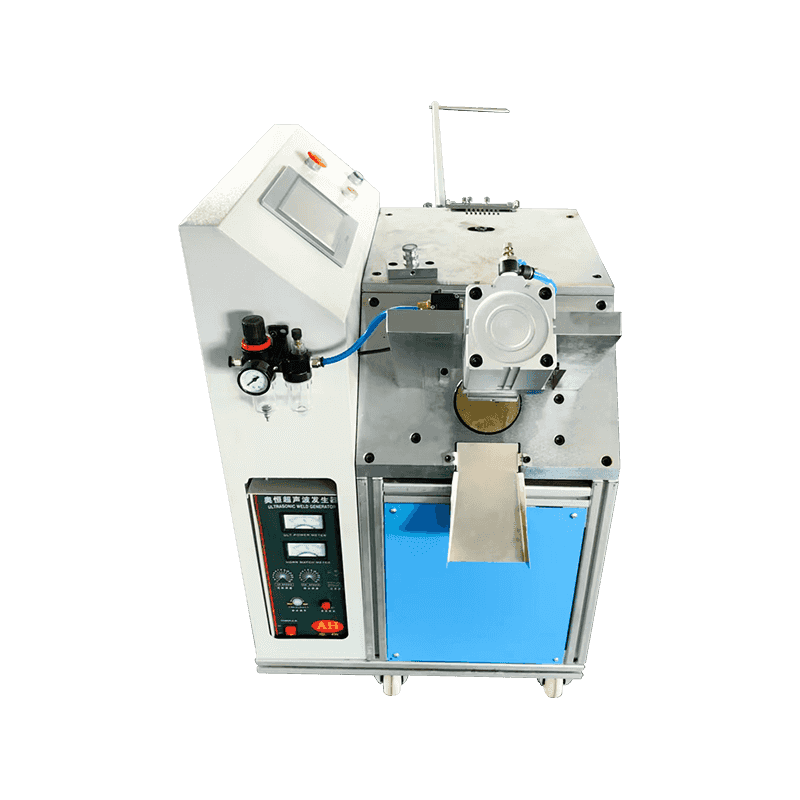Request A Quote

Ultrasonic fabric cutting machines are known for their high precision and ability to deliver accurate, clean cuts, even for intricate designs and patterns. Here’s a detailed breakdown of the precision aspects:
1. Cutting Accuracy
High Precision: Ultrasonic cutting machines can achieve very high levels of cutting precision, typically in the range of ±0.1 to ±0.2 mm, depending on the machine and the type of fabric being cut. This level of accuracy is essential when working with detailed patterns or intricate designs that require tight tolerances.
Sharp, Clean Edges: The ultrasonic vibration allows for the fabric to be cut without the need for excessive pressure, reducing the likelihood of fabric distortion, fraying, or uneven edges, which is especially important for delicate fabrics.
2. Intricate Design Handling
Complex Patterns: Ultrasonic fabric cutting machines excel at cutting complex shapes and patterns, including curves, corners, and detailed contours. The ultrasonic waves focus energy precisely where it is needed, so the machine can navigate intricate cuts without affecting the surrounding material.
No Material Deformation: Unlike mechanical cutters or laser cutters, ultrasonic cutting does not require physical contact or heat that can distort the fabric. This makes it ideal for fabrics that need to maintain their structure and finish after cutting, even when dealing with fine details.
3. Repeatability and Consistency
Consistent Performance: Ultrasonic cutting machines offer excellent repeatability, which ensures that identical cuts are made across multiple units of the same design, even over long production runs. This is particularly important when working with large batches or high-volume production of products with identical patterns or designs.
No Wear-Induced Tolerances: Since the cutting process relies on ultrasonic vibrations and not mechanical cutting forces, the accuracy does not degrade over time as much as with traditional mechanical methods, where blade wear can affect the precision.
4. Material and Fabric Adaptability
Adaptation to Different Fabrics: The precision of ultrasonic cutting is maintained across various types of fabrics, whether woven, nonwoven, synthetic, or natural fibers. The machine can adjust the frequency and amplitude of ultrasonic vibrations to suit different material types, ensuring that precision is maintained for a wide range of fabrics.
Handling Multi-layered Fabrics: Ultrasonic cutters are particularly effective in multi-layer cutting, where the machine can cut through multiple layers of fabric with precision, ensuring all layers are cut cleanly and accurately without shifting or misalignment.

5. Edge Sealing and Finishing
No Need for Additional Edge Finishing: Since ultrasonic cutting inherently seals the edges of the fabric as it cuts, it ensures that the edges remain smooth, preventing fraying and minimizing the need for post-cutting edge finishing. This adds to the overall precision and reduces the amount of secondary work needed on intricate designs.
Clean, Smooth Edges on Delicate Fabrics: Ultrasonic cutting is especially suitable for delicate or slippery fabrics like satin, silk, or chiffon, where traditional cutting tools may cause fraying or material shift. The ultrasonic process prevents any deformation of the edges, ensuring the precision of the finished product.
6. Machine Control and Software Integration
Software-Controlled Cutting: Many modern ultrasonic fabric cutting machines come with integrated software that allows operators to input detailed design files (like CAD drawings or vector graphics). The machine then precisely follows the specified cutting path, ensuring that even the most intricate patterns are executed correctly.
Adjustable Parameters: Operators can fine-tune the ultrasonic energy settings (amplitude, frequency, and power) for different materials and cutting requirements. This flexibility helps maintain precision, particularly when dealing with complex patterns or varied fabric thicknesses.
Limitations and Considerations
Material Thickness and Density: While ultrasonic cutting is highly precise, very thick or dense fabrics may require special adjustments in the cutting parameters to maintain the same level of precision. In such cases, the machine's precision might be affected slightly by the increased resistance from thicker materials.
Intricate Small Cuts: For extremely small, intricate cuts or extremely tight tolerances, ultrasonic cutting may not always achieve the same precision as laser cutting, depending on the material and pattern complexity. However, for most practical applications, ultrasonic cutting is sufficient to maintain high precision.
Copyright © ChangZhou AoHeng Machinery Co., Ltd. All Rights Reserved

 English
English 中文简体
中文简体 русский
русский Español
Español